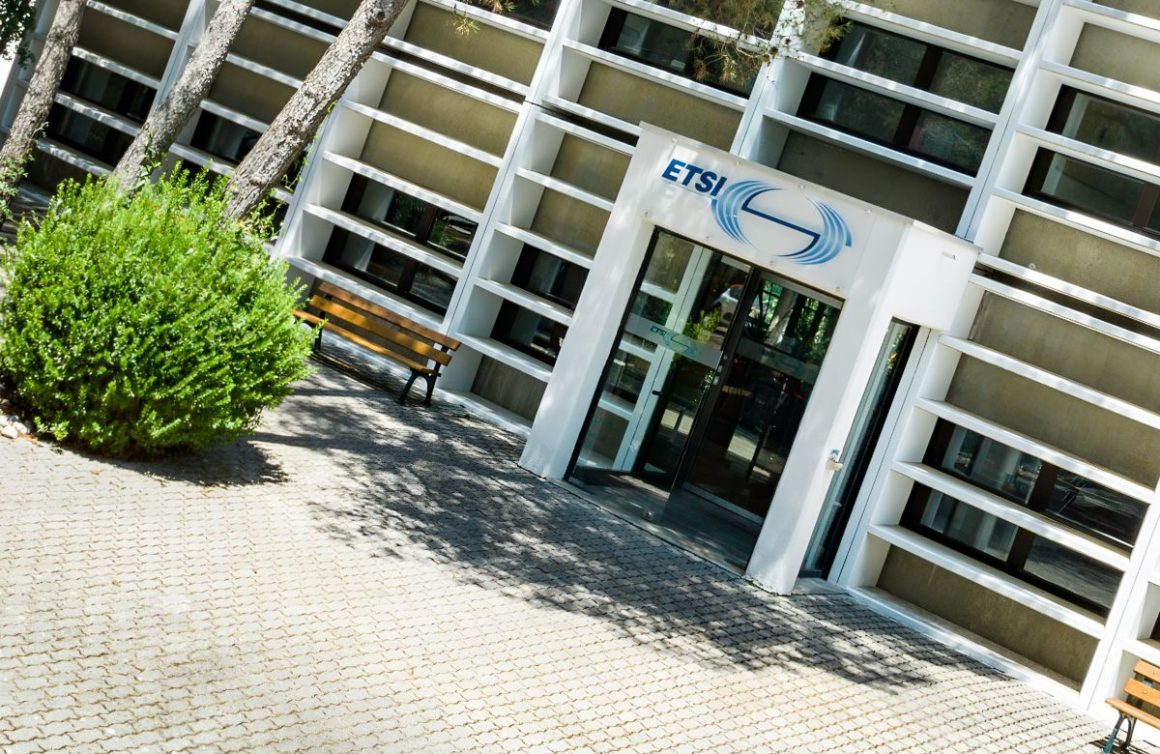European standardisation body ETSI announced it has launched a new Industry Specification Group (ISG) focused on Multiple Access Techniques (MAT) for 6G mobile systems. The group aims to build industry consensus on innovative multiple-access techniques based on 3GPP specifications.
According to the European body, ISG MAT will explore “candidate techniques such as Orthogonal Multiple Access, Spatial Division Multiple Access, Non-Orthogonal Multiple Access and Rate-Splitting Multiple Access” that enhance the transmission efficiency across parameters such as spectrum efficiency, power consumption, latency and user fairness.
The new ETSI Group will deliver Group Reports to be considered by 3GPP and other relevant industry bodies in their 6G standardisation activities.
“MATs are at the core of mobile technology development and are considered a key technology to enhance the radio interface for IMT‑2030 systems,” David Vargas, the newly elected Chair of the working group, said.
Relevant deployment environments considered in the ISG MAT are indoor hotspots, high-demand density areas and rural settings. The ISG MAT will concentrate on downlink multiple access techniques for the physical layer of the 3GPP radio interface.
The group’s scope and areas of activities are:
- Proof-of-concepts, prototypes, and field trials
- Use cases, deployment scenarios, key performance indicators and evaluation methodology
- Study of transmitter and receiver processing structures, including complexity aspects
- Study of physical layer procedures
- Study of link level and system level performance
- Study of potential specification impact and gaps of new multiple access techniques
“We are excited to launch the ISG MAT and bring together industrial and academic members and play a crucial role in accelerating the development of advanced Multiple Access Techniques for 6G mobile systems,” Vargas concluded.



